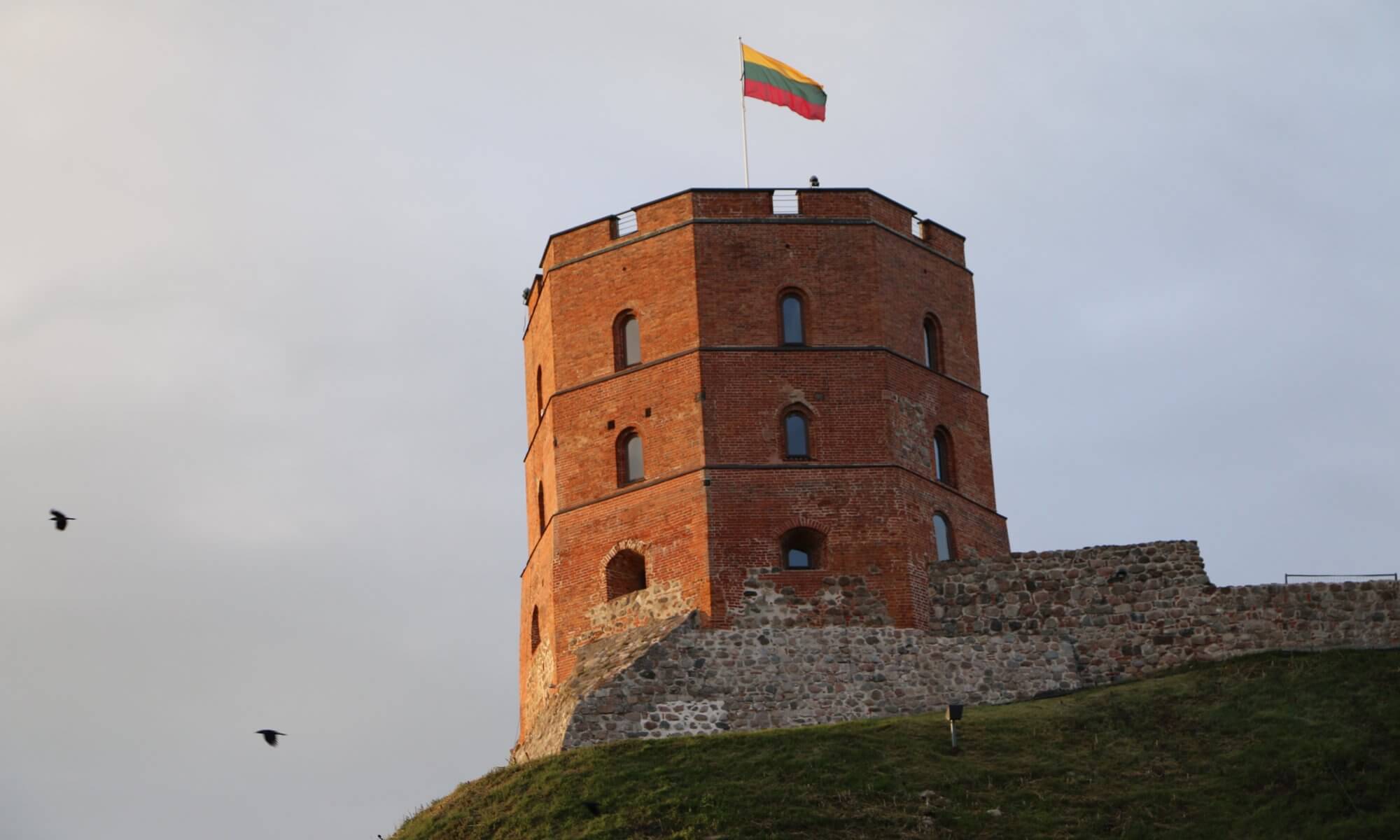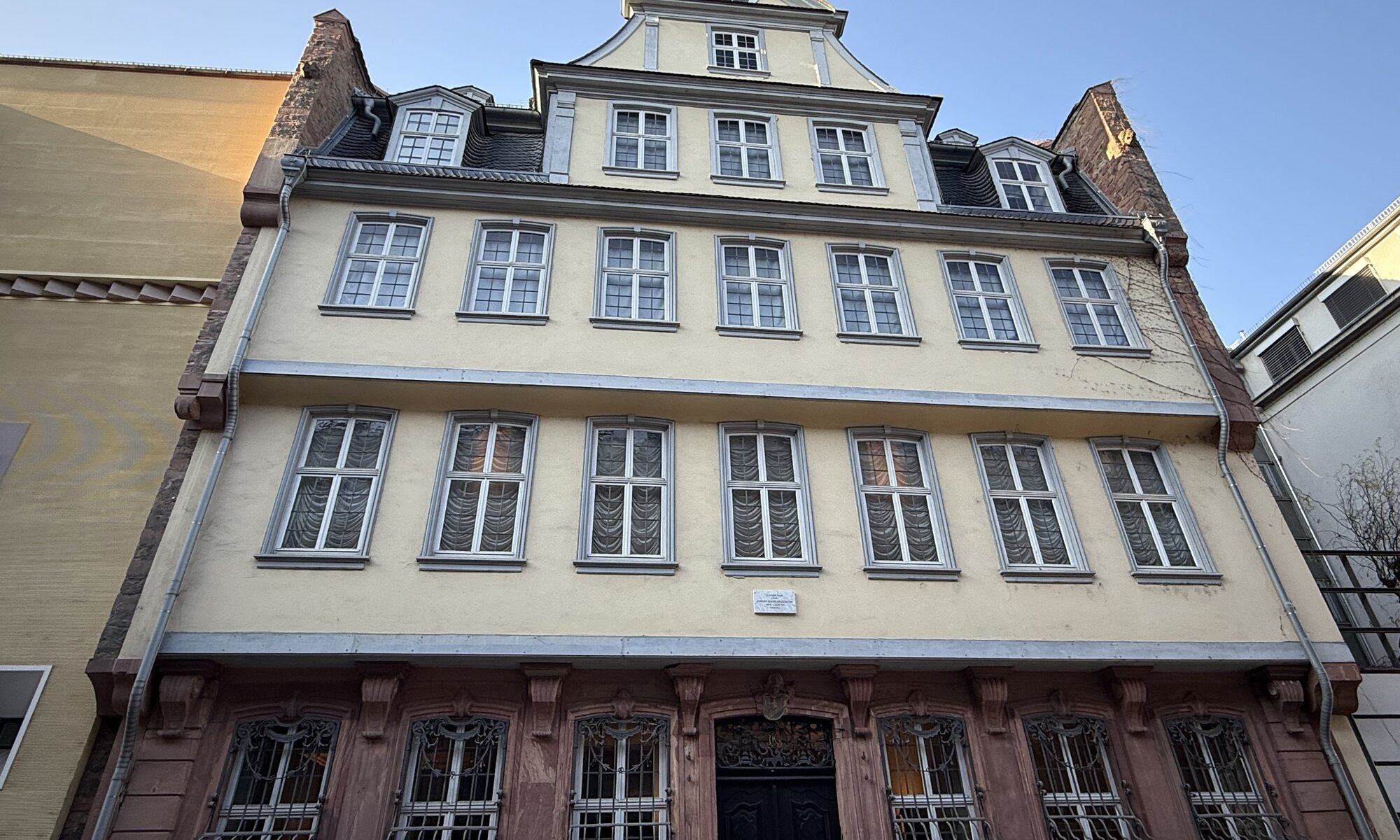One of the most important sons of the city of Frankfurt am Main is for sure Johann Wolfgang von Goethe. He died at Weimar and is buried at the Fürstengruft there, but he is still present in his birthplace. One example of that is the Frankfurter Goethe-Haus at the Großer Hirschgraben, the place he was born at in 1749 and the seat of his family until 1795. Unfortunately, the house itself was destroyed in 1944 during an air raid – but the interior was preserved. After long debates the house was rebuilt and serves as a museum today.
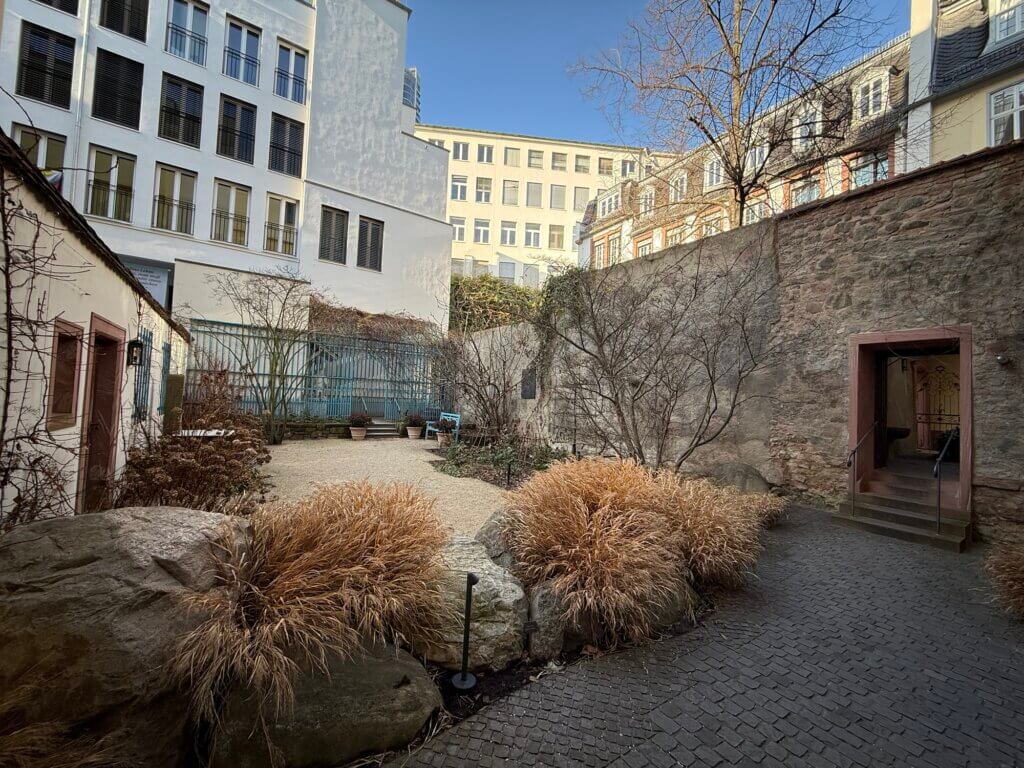
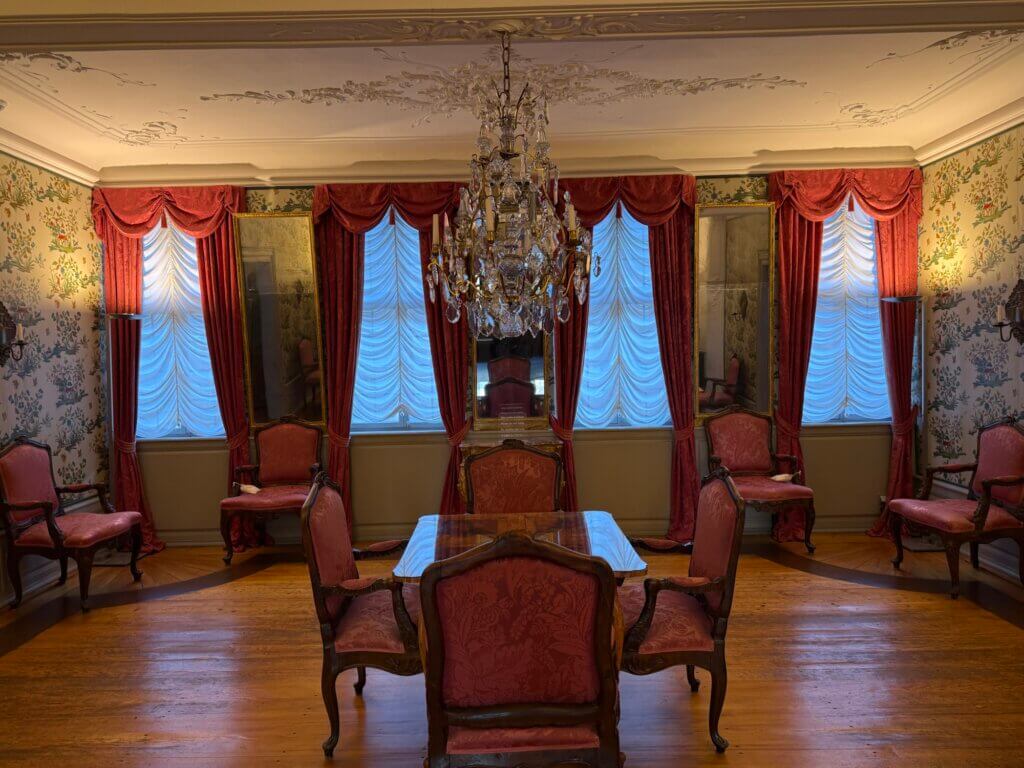
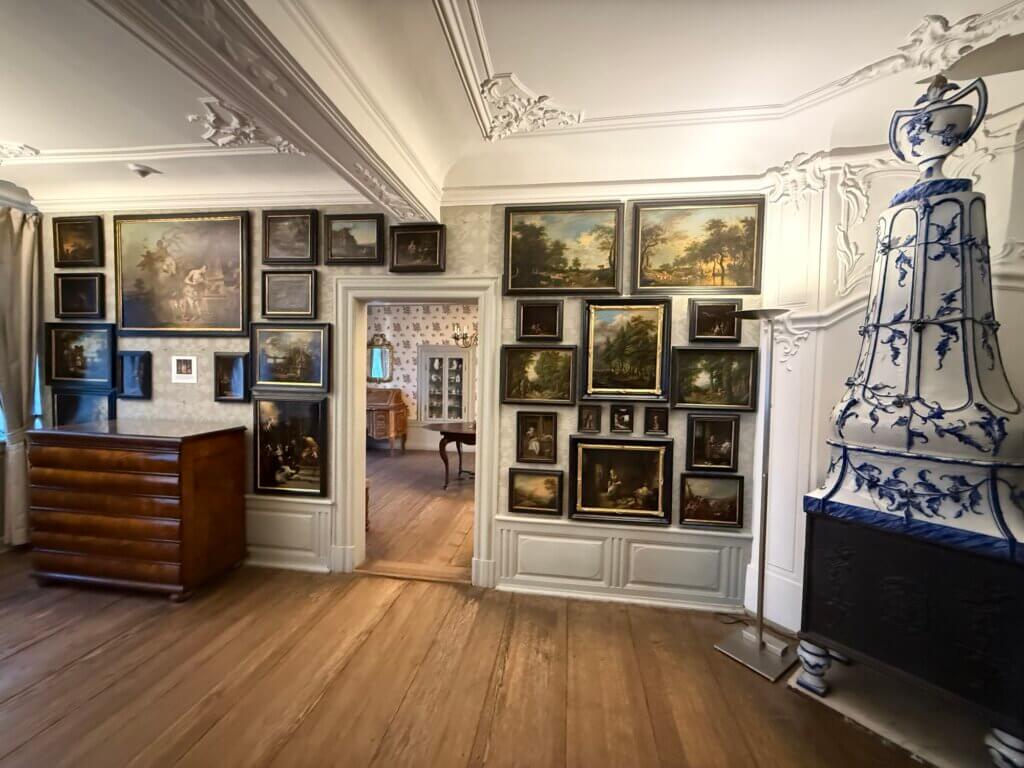
You can explore the three levels of the house and thereby walk through life in the 18th century, discover the kitchen with the unusual water pump, see the desk on which Goethe produced works like ‘Faust’, ‘Die Leiden des jungen Werther’ and ‘Götz von Berlichingen’. Don’t miss the astronomical clock that shows the zodiac signs and moon phases; even the bear in the lower part plays a role in this masterpiece: he indicates when the clock needs to be rewinded by laying down.
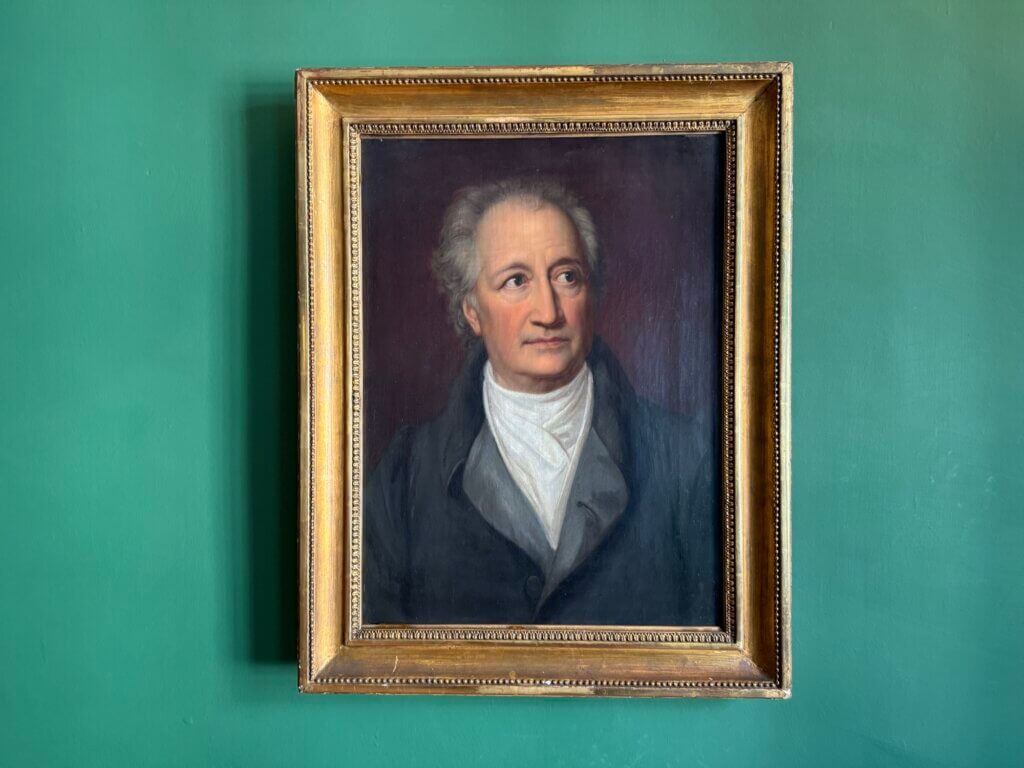
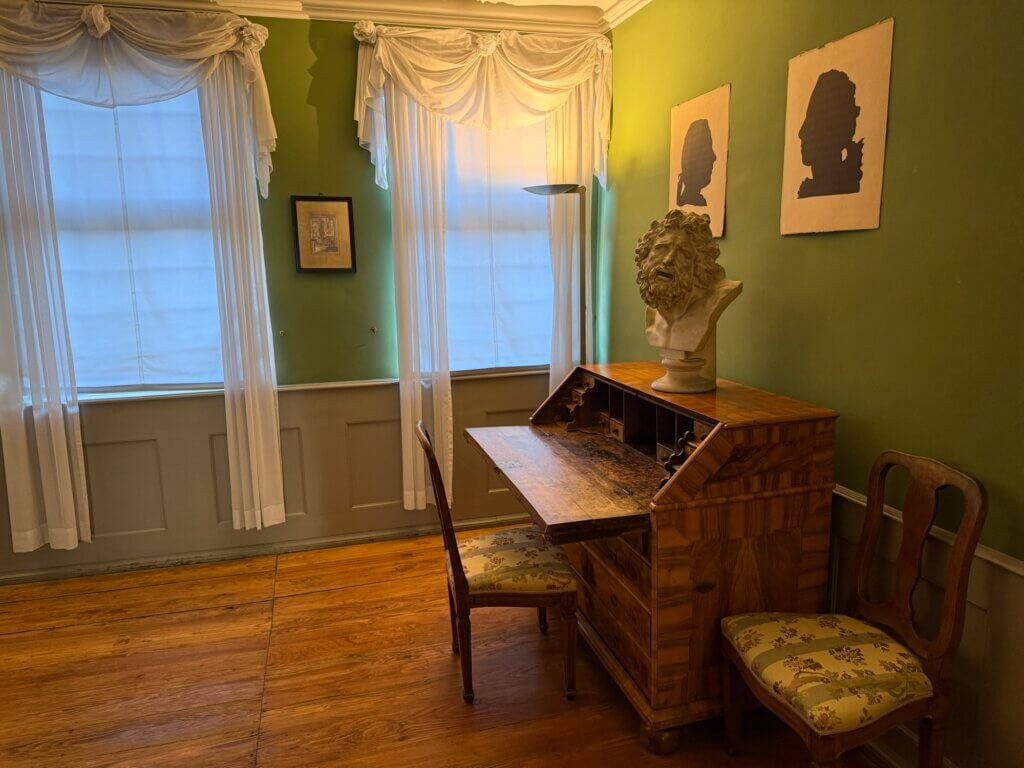
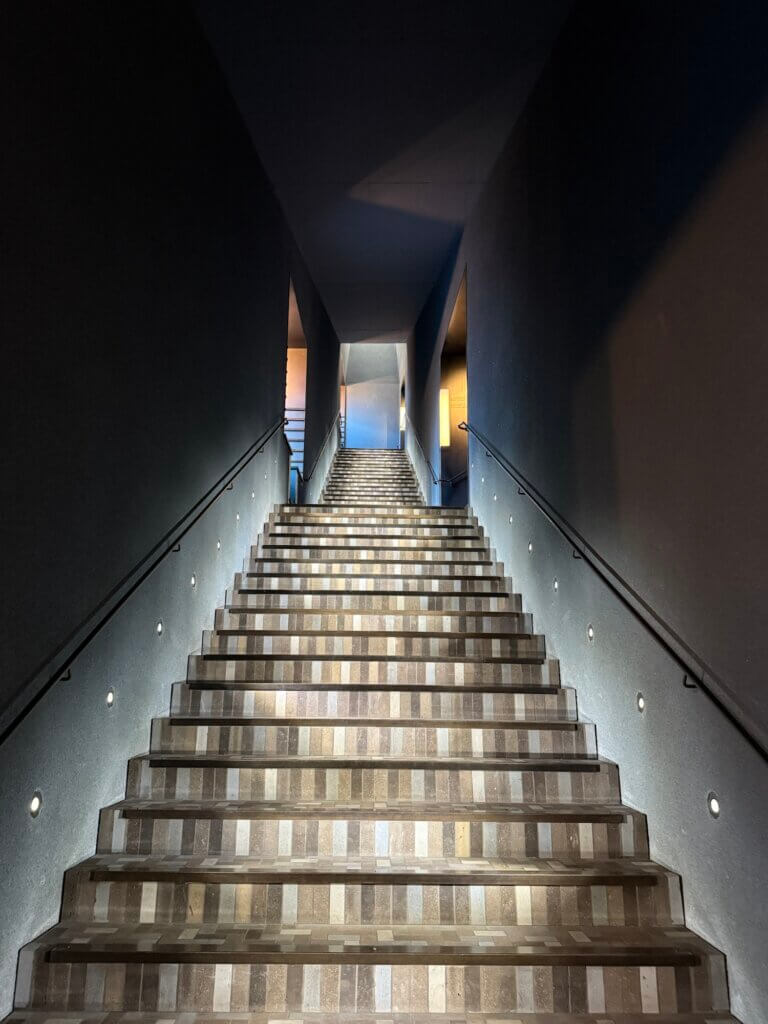
In Germany, Goethes work is seen as part of ‘Sturm und Drang‘ as well as of Classicism; outside of the country he is rather seen as one of the most important writers of German Romanticism. Therefore it is quite a good idea that the Goethe-Haus shares an entrance (and a ticketing system) with the Deutsches Romantik Museum.
It is a very modern multimedia museum opened in 2021 and dedicated to German Romanticism; a very wide field including paintings (e.g. Caspar David Friedrichs ‘Der Wanderer über dem Nebelmeer’), writing (e.g. fairytales of the Brothers Grimm; the song collection ‘Des Knaben Wunderhorn’ by Achim von Arnim and Clemens Brentano) and music (e.g. Franz Schuberts ‘Gretchen am Spinnrade’ based on Goethes ‘Faust’).
Frankfurter Goethe-Haus
Deutsches Romantik Museum
Großer Hirschgraben
Frankfurt am Main
https://frankfurter-goethe-haus.de
https://deutsches-romantik-museum.de
Loading map...

